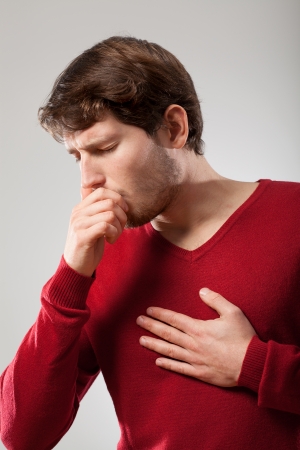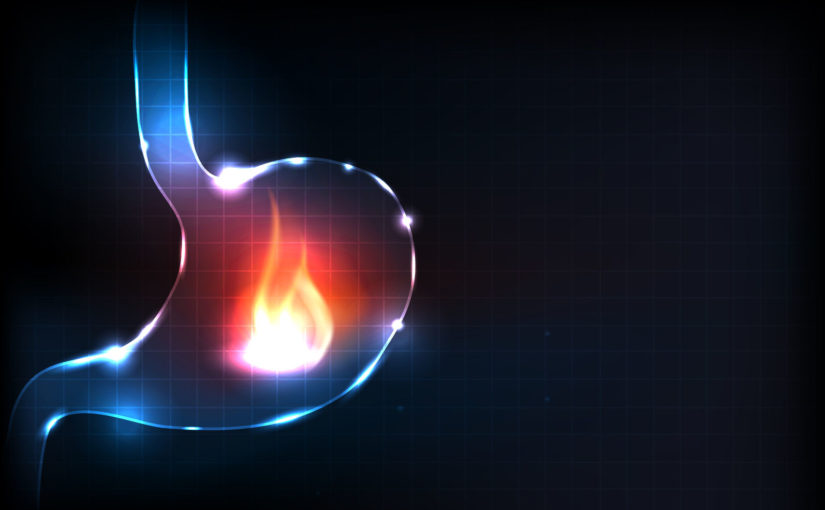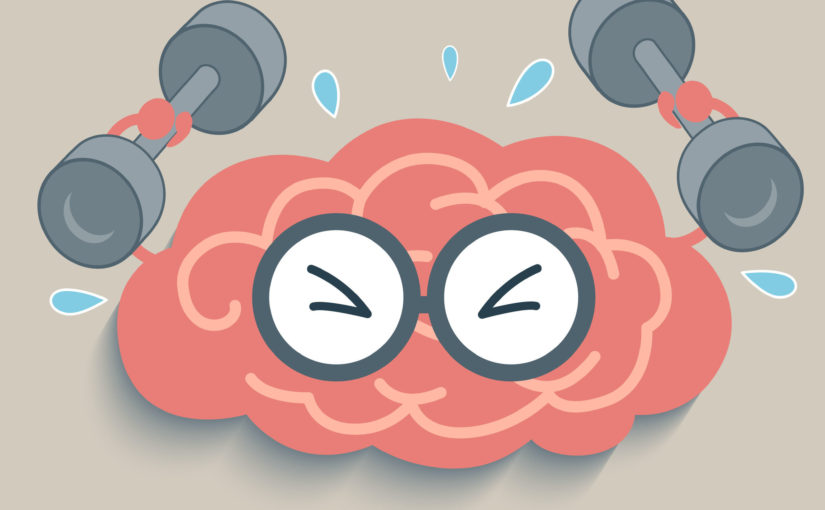
Karenia Hysteria – It's Not Just Dead Fish
Posted February 22nd, 2017
How Harmful Algal Blooms Affect Humans
“What’s going on with me?” I woke up several mornings ago, with a swimmy-like headache, ringing in the ears, dizziness, extreme fatigue, brain fog and muscular weakness. While I generally wake up full of ‘vim and vigor,’ it felt like I had been run over by a Mack truck.
“A virus,” I first thought. But, there was no fever and the symptoms felt strangely familiar to the ones my wife and I experienced from black mold toxicity ten years ago. “There is no black mold in our new home,” I reassured myself.
That same morning, our medical office phone began ringing with a myriad of patients having similar symptoms. Interestingly, all had recently experienced a nagging dry cough and sinus problems. Additionally, most of the callers had a history of either mold toxicity or Lyme disease. Suddenly, I remembered being overcome by the same respiratory symptoms the night before on a walk around my neighborhood.
“What’s going on with everyone?”
“Were the neurological and respiratory symptoms and a susceptibility to mold and Lyme Disease correlated?”
When I heard about an outbreak of Red Tide along the gulf beaches with fish kills I suspected a possible link.
A literature search into the world of Biotoxins soon gave me an answer and the answer astounded me. As it turns out, the same gene called HLA DR that makes people susceptible to Mold illness and Lyme disease also makes us susceptible to Karenia brevis outbreaks (Red Tide). (1)
While most people experience only a noxious odor or mild respiratory cough during a Red Tide outbreak, some, according to Dr. Ritchie Shoemaker, Director of The Center for Research on Biotoxins and Associated Illness, suffer a much more severe illness, called Chronic Inflammatory Response Syndrome-CIRS. (2)
“Bingo,” I told myself for I knew I carried that exact gene as well as did some of the patients calling into my office.
Harmful Algal Blooms (HAB) are detrimental to people through their elaboration of a wide variety of very potent natural toxins. These toxins can be lethal and can cause a wide range of both acute and chronic health effects in certain genetically sensitive people including: bizarre behavior and short-term memory loss, neurologic, dermatologic, pulmonotoxic and immunotoxic illnesses including cancer. (3, 4)
Historically, the doctors and epidemiologists who first reported seeing patients complaining of bizarre neurologic symptoms associated with Red Tide outbreaks thought they were witnessing mass hysteria. These patients were simply sent home with a pill for ‘nerves’ and told to take it easy. When the NIH and CDC concluded Karenia brevis can cause serious human illness, these patients were finally given the credit they deserved and treatment they needed.
At The Renewal Point we offer an array of services to help eliminate all types of harmful toxins from the body. As always, we begin with testing and assessment to find out if toxins, heavy metals, chemicals or biotoxins are indeed present and then create an individual treatment plan specific to that patient’s situation. This approach helps to ensure that we are targeting not only the symptoms, but also the root cause of illness. And, of course, we are always happy to work in conjunction with our patients’ other healthcare providers. For more information or to schedule an appointment, please call 941-926-4905, email info@therenewalpoint.com, or come to one of our upcoming seminars.
References:
1. The Epidemiology of Human Illnesses Associated with Harmful Algal Blooms. Fleming, Backer, Rowan.
2. Southern Medical Journal Shoemaker, Collier, Burke-2002. Environmental Health Perspective-2007, March.
3. Pfiesteria Hysteria, Journal of Extension-Oct. 2006, Vol. 44, Number 5.
4. Handbook of Neurology, Vol. 1. E. J. Massaro, Humana Press Inc.




